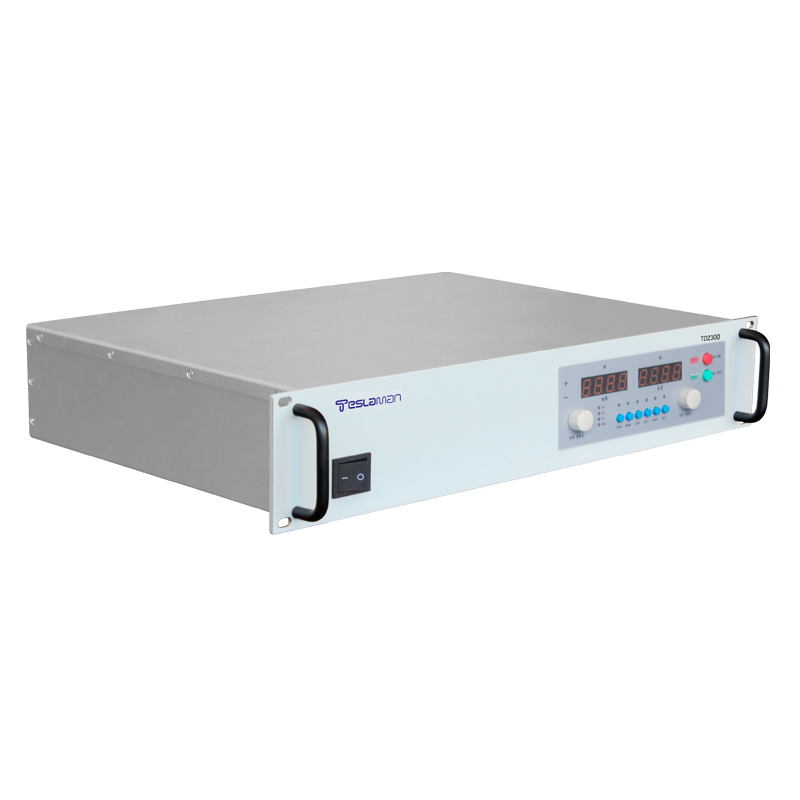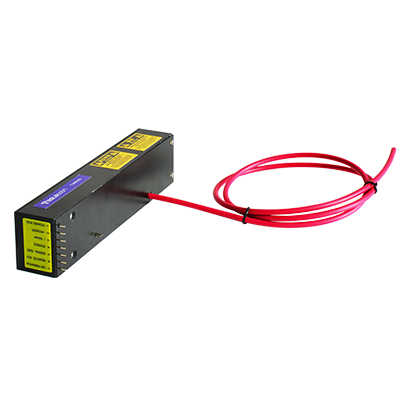Key Technologies for Extending the Lifespan of Industrial X-Ray Power Supplies
Industrial X-ray power supplies, serving as the energy heart of non-destructive testing, medical imaging, and industrial CT systems, have their lifespan directly impacting equipment stability and operational costs. Statistics indicate that high-voltage power supply failures can incur single repair costs of up to RMB 80,000–150,000, while scientific maintenance can reduce failure rates by over 60%. Extending their lifespan requires integrated breakthroughs in material innovation, thermal management optimization, and intelligent maintenance.
1. Technical Principles: Analyzing Lifespan Constraints
Electric Field and Circuit Stability
Uneven capacitor distribution in traditional X-ray power supplies causes electric field distortion, accelerating insulation aging. Novel designs adopt a dual-circuit board capacitor matrix structure (e.g., series-connected capacitor groups C1-C10 and C11-C20) to evenly disperse electric fields, reducing partial discharge risks and improving circuit stability by 40%.
High-voltage ripple coefficients must be controlled at ≤1% (ideally ≤0.03%) to minimize spectral fluctuations impacting the target.
Thermal Load and Target Degradation
Target surfaces can exceed 3000°C under electron bombardment, risking melting in microfocus mode. Rotating target technology (10,000 rpm) combined with multi-channel liquid cooling increases thermal load capacity to 800 kW, limiting focal drift to <0.1 μm over 24 hours.
Liquid metal targets (e.g., gallium-indium alloys) enable flow cooling, achieving power densities >5 kW/mm² and extending lifespan to 5,000 hours.
2. Core Lifespan-Extension Strategies
Material and Structural Innovations
Cathode technology: Rare-earth oxide-coated cathodes last >30,000 hours, with adaptive aging compensation limiting brightness decay to <2%/year. Field-emission cathodes (e.g., carbon nanotubes) enable zero-warm-up starts, boosting current density 10-fold.
Vacuum chamber optimization: Ceramic-metal composite seals reduce leakage rates to <1×10⁻⁶ Pa·m³/s, maintaining electron free paths >1.5 m to minimize gas ionization losses.
Cooling System Upgrades
Magnetic levitation bearings reduce rotating target friction by 90%, paired with molybdenum composite target disks (temperature resistance >3000°C).
Nano-composite insulating oils increase breakdown voltage by 30%, while optimized piping avoids airlocks with regular flow monitoring and sediment filtration.
Intelligent Control Systems
Dynamic voltage compensation: Real-time monitoring of tube current fluctuations (response time <1 ms) prevents filament burnout due to overload.
Lifespan prediction algorithms: SVM models trained on kV/mA/exposure data achieve >95% fault prediction accuracy.
3. Critical Role of Maintenance Systems
Preventive Maintenance Framework
Quarterly deep maintenance: Checks include vacuum tightness (helium mass spectrometry leak detection sensitivity: 1×10⁻¹² Pa·m³/s) and rectifier tube forward voltage drop (>10% deviation requires replacement).
Annual component replacement: Mandatory replacement of IGBT modules if switching losses >20% or high-voltage filter capacitors if capacity degrades >15%.
Environmental and Operational Standards
Ambient temperature ≤25°C, humidity ≤60%, and electromagnetic shielding prevent electron gun instability.
Operator training emphasizes graded filament heating (to operating temperature within 30 seconds) and cooling water pressure maintenance at 2.0–2.5 kg/mm².
4. Economic Benefits and Future Trends
Comprehensive lifespan-extension solutions can increase power supply longevity from 18 to 42 months, saving ≥RMB 200,000 per unit annually. Emerging technologies focus on:
Photon-counting CT: 0.4 keV spectral resolution reduces ineffective radiation load;
Self-healing targets: Microcapsule release mechanisms autonomously repair surface damage, targeting 100,000+ hours.
Conclusion
Extending the lifespan of industrial X-ray power supplies hinges on synergistic innovations in materials science, thermodynamics, and artificial intelligence. By integrating component hardening, real-time intelligent control, and preventive maintenance, overall equipment lifespan can be increased 2–3 times, advancing high-precision detection into a low-cost, high-reliability era.




















